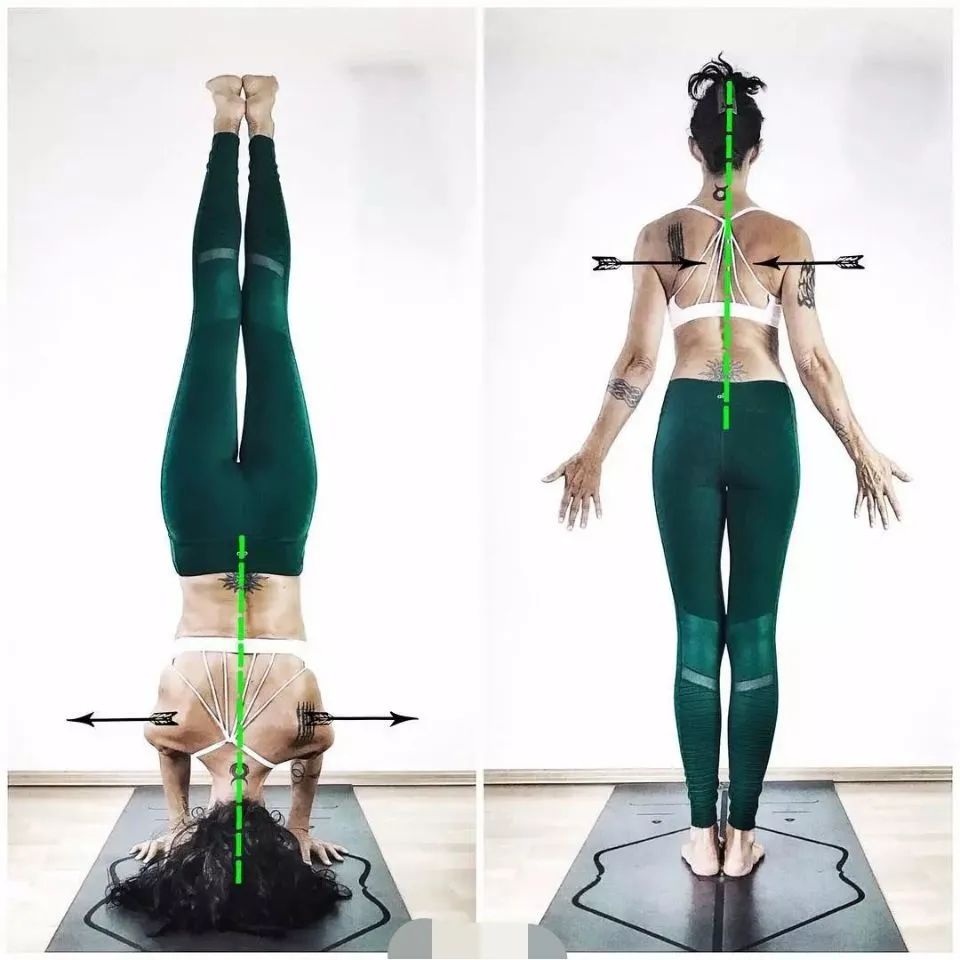No matter how much you practice yoga, you’d better practice fine
. 
Fine is what we often call “positive position”
. 
Let’s take a look at master Iyengar’s definition of positive position: Yoga is positive position
. 
This theoretical word already exists, but no one has explained what it means
. 
I will ask myself: what is right? What is wrong? Should I listen to this person or that person? I began to carefully observe people’s postures, draw pictures on their postures, and try to find out the differences between our postures: I compared each other’s chest, hands, elbows, etc
. 
Although the postures were made, the positive position has not been obtained
.
In headstand, the head is in one place, the nose is in another place, the chest has its own opinion, and one leg is still twisted
.
I wonder why such a difference exists
.
Yoga says that one must be balanced, so where is the positive position? In order to understand what is orthosis, it is important to realize that every part of the body has a center (central plane)
.
Let’s take a finger as an example: if you cut it longitudinally from the midline, you have a central plane
.
When we stretch, do we stretch equally on both sides of the central plane? Or is it over stretched on one side and under stretched on the other? If there is over stretching, there must be under stretching
.
In this sense, the central plane is God! It brings you precise art
.
You should measure the relationship between the body and the central plane in extension from the inside, outside, front and back
.
There is no overstretch anywhere, and you have a precise balance in the middle
.
” Therefore, the practitioner must know what the positive posture is, feel the flow of energy in the body, and understand whether the extension is away from the body or towards the body
.
Through correct cognition, make correct adjustment to the body to make each part reach the position it should reach, so as to achieve the balance and positive position of the whole body and mind
.
Here are some common positron principles: pelvis: the pelvis is easy to tilt back and forth
.
Maintaining the neutral position of the pelvis is conducive to the extension of the lumbar spine, the start of the core and the adduction of the ribs
.
Knees in the leg flexion standing pose, the knees should be aligned with the front toes, do not buckle in or turn out, and the knees should not exceed the toes
.
In the posture of straightening the legs, do not overstretch the knees
.
If you overstretch, you will not exercise the muscles at the back of the lower leg and the front of the thigh, but also cause wear and tear to the knee joint
.
Elbows in the posture of straightening the arms, do not overstretch the elbows, and align the wrists, elbows and shoulders in a straight line; In the posture of arm support, don’t concentrate the pressure on the elbow
.
Learn to start the core and balance the external rotation force of the arm
.
In order to relieve the pressure on the wrists, the fingertips of all palm supported postures should be greatly opened, the tiger mouth and finger abdomen should be compacted to disperse the pressure on the wrists, push the ground with hands, and lift the palm slightly upward to stabilize the wrists and relieve the pressure on the wrists
.
The big pillow, small pillow and heel of the sole of the foot form a stable triangle
.
Step down hard
.
If the arch is not obvious, separate the five toes and lift them up to activate the arch
.
The positive position in yoga is to let the body find and recover to its original state in practice, and practice strength and flexibility on this basis
.
Here are 26 common postures: Mountain Eagle walking stick warrior two side angle cow face inclined plate side plate variant reverse inclined plate top dog locust bow boat half moon pigeon wild turtle camel plow crane flying pigeon figure eight twist shoulder handstand head handstand elbow handstand.
.

